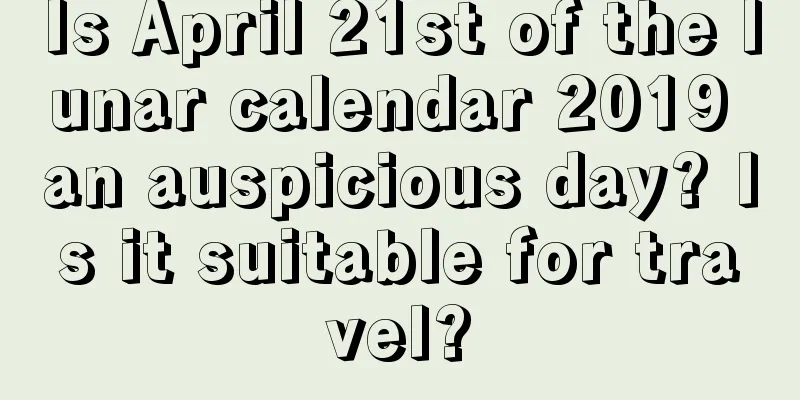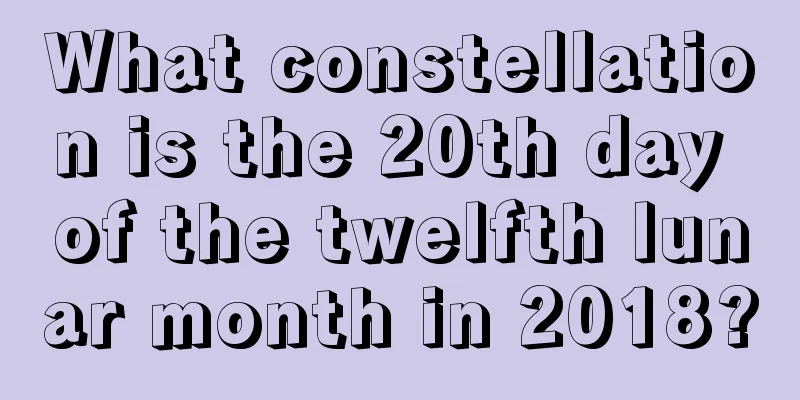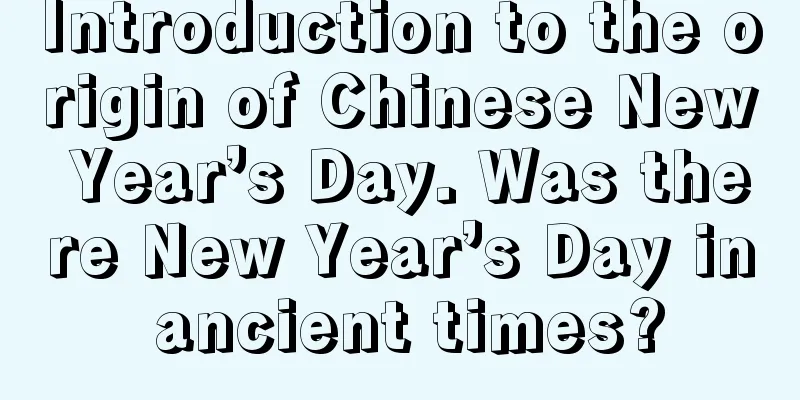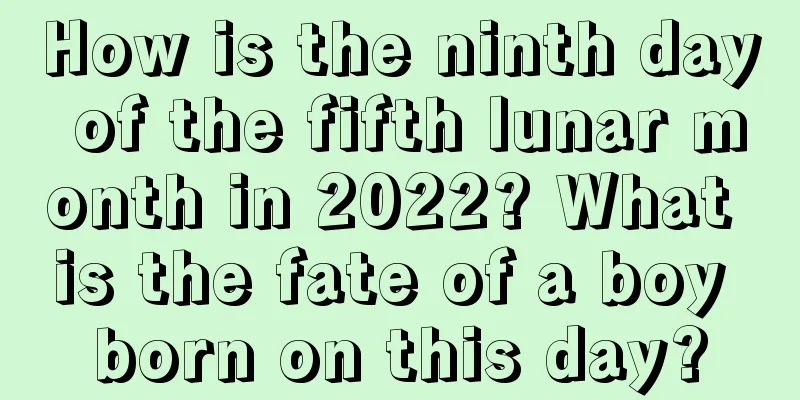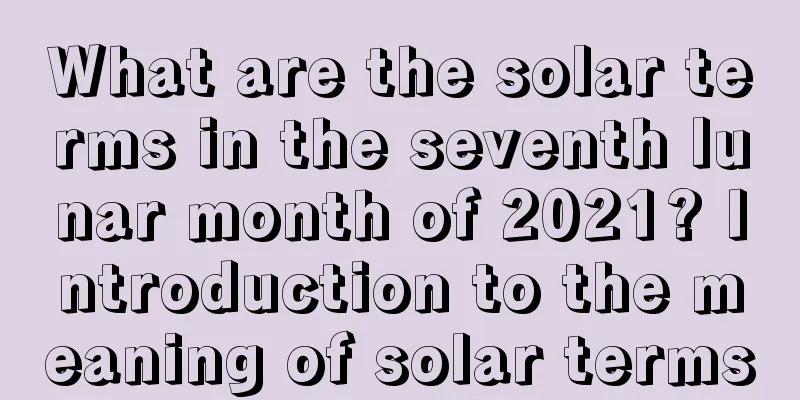What is the origin of the 2017 Winter Solstice? What are the food customs during the Winter Solstice?
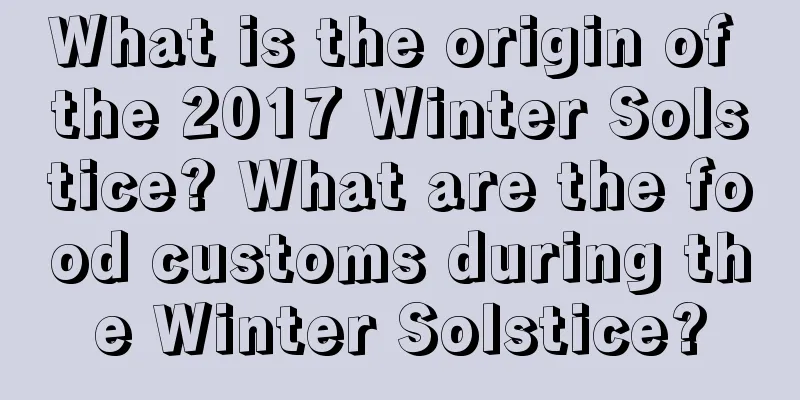
The Winter Solstice is the 22nd solar term among the 24 solar terms in my country, and it also means that we are about to enter deep winter. So what is the origin of the Winter Solstice in 2017? Let’s find out together. Winter months are cold, but when everything goes well, they are the warmest days. The Fortune Teller website gives you the lunar calendar for November so that you can have an idea of what to do.What is the origin of the 2017 Winter Solstice?In ancient my country, the Winter Solstice was taken very seriously and regarded as a major festival, and there was a custom of celebrating the Winter Solstice. The Book of Han says: "During the winter solstice, the Yang energy rises and the emperor's reign is long, so it is celebrated."People believe that after the winter solstice, the days get longer and longer, and the yang energy rises, marking the beginning of a solar term cycle and an auspicious day that should be celebrated. The Book of Jin records: "On the winter solstice in the Wei and Jin dynasties, people from all countries and all officials congratulated them... The ceremony was inferior to that on New Year's Day." There is an ancient saying about the winter solstice. "The Book of Changes·Fu·Xiang Ci": "The former king closed the country on the day of the solstice, and merchants and travelers were not allowed to travel. Later, there was no inspection of the situation." In the Han Dynasty, Ban Gu's "Baihutongyi" says in its "Zhufa" chapter: "Why do we stop fighting and do not start wars during the winter solstice, and why do we close the borders and stop business and travel? On this day, the yang energy is weak, and the king is in charge of the world. Therefore, he leads the world to be quiet and no longer marches to support the weak energy, so that all things can be created." The "Chuxueji" quotes the "Wujing Tongyi": "At the winter solstice, the yang energy begins to sprout, the yin and yang interact, and all things begin to form. The energy is weak and cannot be moved or released." Therefore, in the eyes of the ancients, the winter solstice is a time for quietness and not for movement, and that is how they celebrated it. The Winter Solstice festival originated in the Han Dynasty, flourished in the Tang and Song dynasties, and was passed down to the Tang and Song dynasties. The Winter Solstice is the day to worship heaven and ancestors. The emperor would go to the suburbs to hold a ceremony to worship heaven on this day, and the people would worship their parents and elders on this day. Nowadays, some places still celebrate the Winter Solstice. What are the food customs during the Winter Solstice?The diet during the Winter Solstice is very particular, but there are differences between the north and the south due to different regions. Every year on the winter solstice of the lunar calendar, dumplings are an indispensable festive meal on the tables of most parts of northern China, regardless of one’s wealth. This custom is related to the legend of Nuwa mending the sky.According to legend, there were no human beings on earth after Pangu created the world, so Nuwa made humans out of loess and mud, doing so all year round. On the winter solstice, the weather becomes very cold and the ears of the Loess people are always frozen off. She poked a small hole in the ears of the Loess Man, passed a string through it, tied a knot on one end, and stuffed the other end into the Loess Man's mouth so that the Loess Man could bite it, so that the ears would not be frozen off. From then on, every winter solstice, people would make dumplings in the shape of ears, meaning that they wanted the yellow earth man made by Nuwa to bite the ears with the thread (stuffing) so that they would not freeze off. In Henan Province, eating dumplings during the winter solstice is to commemorate the medical saint Zhang Zhongjing. Zhang Zhongjing was a famous medical scientist in the Eastern Han Dynasty. He wrote Treatise on Febrile and Miscellaneous Diseases, which is regarded as a classic by doctors of all generations. One winter solstice, Zhang Zhongjing, who had just retired and returned to his hometown, saw that the villagers were suffering from hunger and cold, and many people's ears were frozen. He and his disciples set up a medical tent at the east gate of Nanyang, set up a big pot, and made "Quhan Jiao'er Soup" to treat frostbite for the villagers. The method is to put mutton, chili peppers and cold-relieving herbs in a pot and boil them. Then take them out and chop them into pieces. Wrap them with dough to make the shape of ears. After cooking them in the pot again, give each person who comes to ask for medicine two "jiao ears" and a large bowl of broth. After people finished eating, they felt warm all over, their ears became hot, and their frostbite was cured. Later, in order to show their gratitude for Zhang Zhongjing's "Quhan Jiao'er Soup", people imitated the appearance of "jiao'er" and wrapped them into food, called "dumplings" or "bianshi". To this day, there is still a folk song in Nanyang that goes "If you don't eat dumplings on the winter solstice, your ears will freeze off and no one will care." The saying "eat wontons at the winter solstice and noodles at the summer solstice" is also widely circulated in northern my country. Before the Tang Dynasty, people often confused wontons with dumplings. Later, wontons became a separate category. The difference between wontons and dumplings is that the skin is of different thickness and shape, and dumplings are larger than wontons. The custom of eating wontons during the winter solstice has a wide influence in our country and there are also many beautiful legends about it. During the Han Dynasty, the Huns in the north often harassed the border, causing unrest among the people. The most brutal were the two leaders of the Hun clan and the Tun clan. The people hated them so much that they chopped the meat into small pieces and wrapped it in dough to make it into a triangle shape, called "wontons". The meaning was to eat the meat of "Hun" and "Tun" to express their hatred for them and their longing for a peaceful day. Because wontons were first made on the day of the winter solstice, every household has eaten wontons on this day since then, and it has become a custom. Today's wontons are made with a sophisticated technique, often using leeks, minced meat, black fungus, etc. as fillings, and rice flour as the skin. In most parts of the south, people eat rice balls and glutinous rice dumplings during the winter solstice. There is a poem from the ancients that goes, "Every family makes rice dumplings, knowing that it is the winter solstice tomorrow", which refers to eating dumplings on the winter solstice in the Jiangnan region. Jiangnan glutinous rice balls are a round dessert made from glutinous rice flour. The round shape means "reunion" and "perfection", and symbolizes family harmony and auspiciousness. Eating glutinous rice balls during the Winter Solstice takes its roundness as a symbol of smooth yang energy, celebrating the growth of yang energy while also conveying good wishes for a happy family reunion during the Winter Solstice. |
Recommend
Where is the direction of the God of Happiness on the fourth day of December 2018?
The arrival of the twelfth month of the lunar cal...
Is the first day of the eighth lunar month in 2018 a suitable day for a haircut? Is it a good day to get a haircut?
Introduction: In some special periods, you have to...
Where did the custom of weighing children during the Beginning of Summer come from?
Introduction: After the Grain Rain solar term, we ...
Is it a good idea to start construction the day before the Mid-Autumn Festival in 2019? The legend of lighting lanterns during the Mid-Autumn Festival!
Introduction: It is necessary to choose an auspici...
Is it not suitable to go to the temple to pray during the Ghost Festival in July 2019? Who should not go to the temple?
Introduction: The Ghost Festival is one of the imp...
Is the first day of the first lunar month in 2021 suitable for incense burning? Taboos on the first day of the first lunar month
Introduction: It is generally necessary to choose ...
2020 Lunar December 13th Day God of Wealth Hours and Locations
The cold winter brings us to the New Year, and De...
Is it hot during the Mid-Autumn Festival in 2019? How many days are there between the Mid-Autumn Festival and National Day?
The moon is full during the Mid-Autumn Festival, s...
List of auspicious days in the first month of the lunar calendar in the Year of the Pig 2019!
Introduction: Every day will unfold in different w...
The position of the God of Happiness on the eighth day of the eleventh lunar month in 2018, position query
The eleventh month of the lunar calendar is the w...
Is February 16, 2020, the Pig Day in the lunar calendar, an auspicious day? Check out other taboos!
There are do’s and don’ts, good and bad things to ...
Is February 26th of the lunar calendar in the Year of the Rat 2020 a good day for a funeral?
Is February 26th of the lunar calendar in the Year...
Analysis of the fate of a baby girl born on September 18, 2018
Every child born is a wonderful gift from God, and...
What is the fate of men born in April of the lunar calendar in 2019?
Although the destinies of people born on different...
Is it a good idea to worship ancestors on the Grain Full solar term on April 28, 2020?
Is it a good idea to worship ancestors on the Grai...

